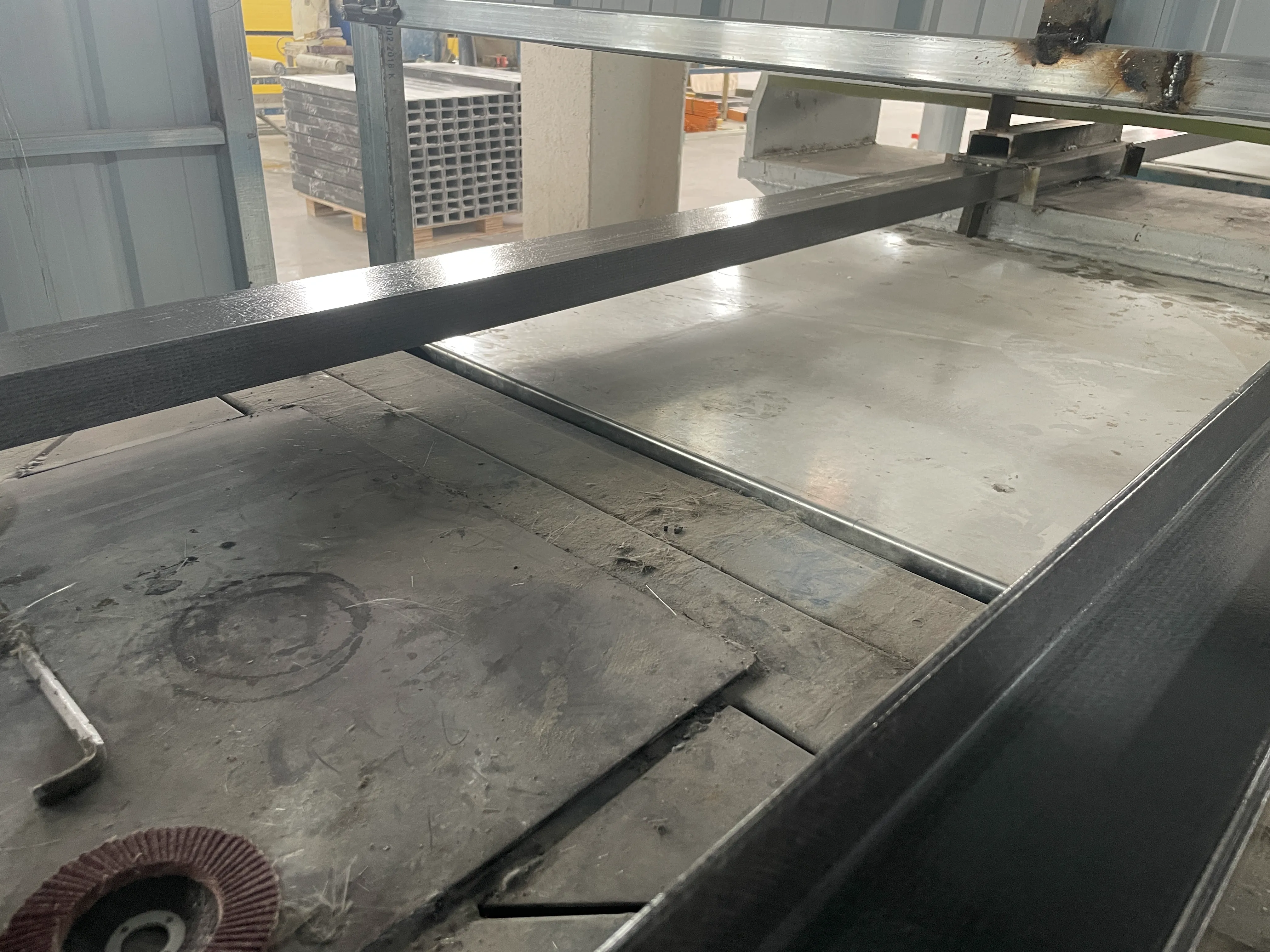loading...
- No. 9, Xingyuan South Street, Dongwaihuan Road, Zaoqiang County, Hengshui, Hebei, China
- admin@zjcomposites.com
- +86 15097380338
- Welcome to visit our website!
FRP Sand Filter Solutions for Enhanced Water Purification and Treatment Efficiency
Sand Filter FRP An Overview
In the realm of water treatment and filtration technologies, sand filters have long been a cornerstone for both industrial and municipal applications. Their efficiency in removing sediments and organic matter from water has made them an essential component in various water purification systems. However, the advent of Fiber Reinforced Plastic (FRP) materials has enhanced the traditional sand filter design, leading to innovative solutions that address the challenges of durability, weight, and maintenance.
What is a Sand Filter?
A sand filter is a type of mechanical filter used primarily to treat water by passing it through layers of sand and gravel. The design is comparatively simple yet effective; water flows from the top down, with the sand layer trapping and removing impurities. This process not only improves water clarity but also contributes to the reduction of pollutants that can affect aquatic environments and public health.
The Role of Fiber Reinforced Plastic (FRP)
Fiber Reinforced Plastic (FRP) is a composite material made from a polymer matrix reinforced with fibers, typically glass or carbon. The introduction of FRP in the construction of sand filters has proven to resolve several issues faced by traditional materials, such as steel and concrete. FRP offers notable benefits like high resistance to corrosion, reduced weight, and improved longevity.
Advantages of Sand Filters Made with FRP
1. Corrosion Resistance One of the most compelling advantages of FRP sand filters is their resistance to corrosion. In water treatment applications, filters are often exposed to harsh chemicals and varying pH levels. Unlike metal containers that can rust or degrade over time, FRP maintains its integrity, ensuring a longer lifespan and reduced operational costs.
2. Lightweight Design FRP materials are significantly lighter than traditional materials. This lightweight property facilitates easier transport and installation of sand filters, especially in remote locations or areas with difficult access. It also reduces the need for heavy machinery during installation, contributing to cost savings.
sand filter frp

3. Customizable Shapes and Sizes FRP can be molded into various shapes and sizes, allowing for more flexibility in design. This adaptability enables engineers to tailor filter configurations to meet specific water treatment needs, optimizing performance and improving efficiency.
4. Enhanced Durability FRP exhibits superior mechanical properties, making it highly durable under adverse conditions. This resilience translates to fewer repairs and replacements, thus ensuring continuous operation in critical water management systems.
5. Energy Efficiency The lightweight nature of FRP, coupled with its durable properties, translates to lower energy consumption during both transportation and operation. Overall, this leads to a more sustainable approach to water filtration and treatment.
Applications of FRP Sand Filters
FRP sand filters find applications across various sectors, including municipal water treatment plants, wastewater treatment facilities, aquaculture, and swimming pools. They are particularly beneficial in environments where corrosion, weight, or customization presents challenges.
- Municipal Water Treatment Cities increasingly adopt FRP sand filters in their treatment processes to ensure the provision of clean and safe drinking water. - Wastewater Treatment These filters can effectively remove contaminants from wastewater, contributing to the overall treatment process and enabling better compliance with environmental regulations. - Swimming Pools FRP sand filters are also popular in the recreational sector, providing a low-maintenance solution for maintaining crystal clear water.
Conclusion
The integration of Fiber Reinforced Plastic materials into sand filter technology represents a significant advancement in water treatment systems. As the demand for efficient, durable, and effective filtration solutions continues to grow, FRP sand filters stand out as a reliable option that meets modern water quality standards. Their advantages in corrosion resistance, lightweight design, and durability make them an ideal choice for various applications in an increasingly eco-conscious world. As technology evolves, we can expect to see further innovations that will enhance the efficacy and sustainability of water treatment methods.
-
The Rise of FRP Profiles: Strong, Lightweight, and Built to LastNewsJul.14,2025
-
SMC Panel Tanks: A Modern Water Storage Solution for All EnvironmentsNewsJul.14,2025
-
GRP Grating: A Modern Solution for Safe and Durable Access SystemsNewsJul.14,2025
-
Galvanized Steel Water Tanks: Durable, Reliable, and Ready for UseNewsJul.14,2025
-
FRP Mini Mesh Grating: The Safer, Smarter Flooring SolutionNewsJul.14,2025
-
Exploring FRP Vessels: Durable Solutions for Modern Fluid HandlingNewsJul.14,2025
-
GRP Structures: The Future of Lightweight, High-Performance EngineeringNewsJun.20,2025
